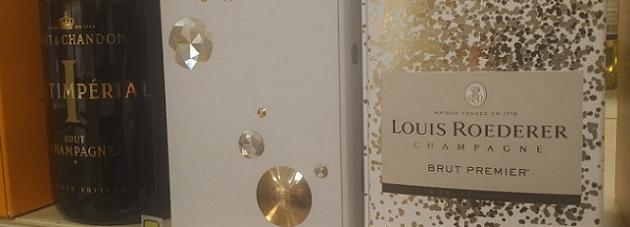
My style confusion pet peeves
Last year, The Associated Press made sweeping changes to its guidelines for hyphenating words — then abruptly reversed them. The AP, from which many in the U.S. take their cues on matters such as spelling, grammar and style, went from hyphenating (most) compound modifiers to stating that such hyphenation is subject to taste and each editor's judgment.
That would be a fair stance, except for the fact that editors turn to the AP to make these decisions for them. That way, a publication can easily set down clear rules for its staff, making things uniform for the reader.
The issue may seem quaint given some of the AP's style decisions in 2020, but it points to a larger problem for editors. While we like to treat the word of AP (and The Canadian Press up north) as authoritative, often in matters of style we are given vague guidelines rather than hard rules. That can be frustrating when you're short on staff, on deadline or the subject isn't very controversial. If the readers won't care one way or the other, why not make the rules firm and clear for writers and editors?
Here, then, are five subjects that I'd love to see CP and AP stop being so wishy-washy with:
Dog breeds
CP's Caps and Spelling book tells us to capitalize when usage has confirmed that style — but how are we to know this? Isn't that the point of a style guide?
Instead, editors are left to look up each dog breed's name in the dictionary, or on Google, or consult the closest dog expert, or just guess — each of those options being less desirable than the one before.
Wine
As a general rule, we capitalize proper nouns and words derived from them. However, under CP, grape names are capitalized but the names of drinks generally aren't, so wine varieties are often in lower case. Therefore, CP wants editors to capitalize pinot noir but not Champagne.
Food
Per the CP Stylebook: "In food names, there is no consistency in the capitalization." Uh, thanks!
Names that end in S
The CP Stylebook section on possessives says nouns and names that end in S "normally" take an 's. It adds that names of two or more syllables that end with a -z or -eez sound "often" take just an apostrophe.
"Normally"? "Often"? How am I supposed to know what the exceptions are?
(For what it's worth, my name ends in an S and I'm not passionate about using or not using an S after an apostrophe. I just want us all on the same page.)
Per cent
This is a recent change, at least by AP, that I like. It used to be that CP spelled out per cent while AP dropped the space: so, percent. That's still the case, but now AP generally allows the % symbol when used with single-digit numbers. (That idea has long been at place at the Toronto Sun, and it can really save space in print. Reuters also writes small percentages like this.)
In this case, the inconsistency stems from pulling in copy from multiple wire services, as many newspapers do. If anything this is just me getting on a soapbox, asking the rest of the industry to adopt a change I like. It also rounded out the list to a top 5!
|
CONTACT
Feel free to email me at JUSTIN@MEETJUSTINHOLMES.COM or use the quick form below:
|
|
|